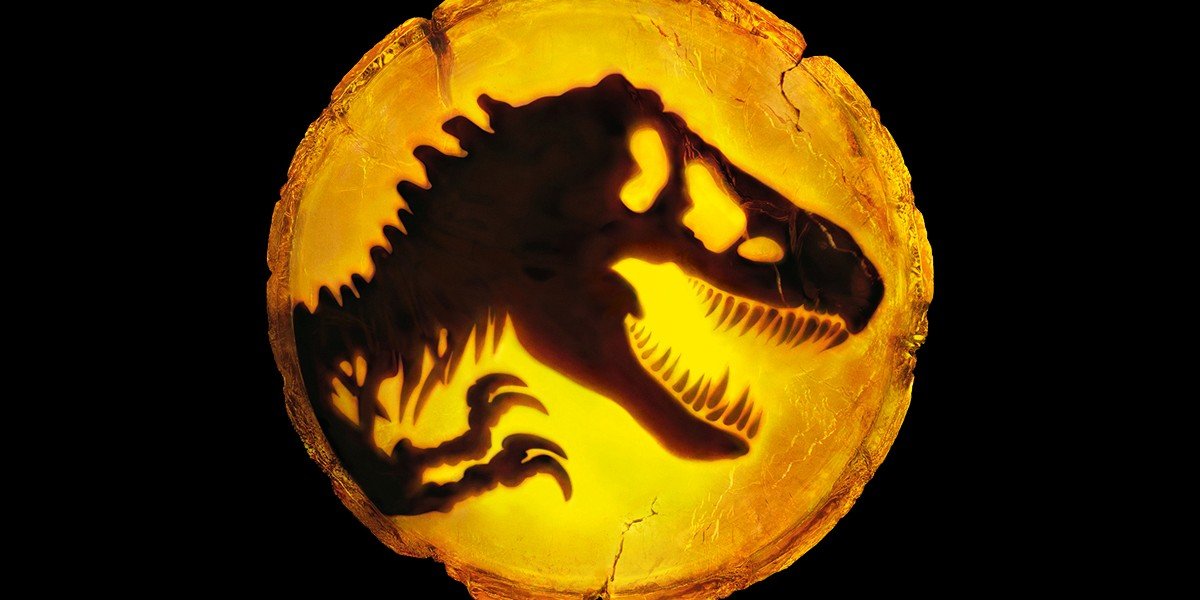Sorry Jurassic Park, New Research About The T-Rex Blows A Hole In Some Iconic Scenes

It's hard to forget the scene in Steven Spielberg's Jurassic Park when the main group of characters see live dinosaurs for the first time. The performances by Sam Neill, Laura Dern, and company are extraordinary, allowing audiences to feel the pure magic of the moment, and it sweeps you away to a world of imagination where it's all real. You believe everything in the moment, such as Dr. Hammond noting that his team clocked a Tyrannosaurus rex running at 32 mph... even though it turns out that would actually be physically impossible for a creature its size.
A new study about the dinosaur's movement has been published in the journal Royal Society Open Science, and per CNN the research determined that the king of the tyrant lizards was definitely not a speedy creature, and generally moved at about the same pace as a human (a.k.a. about 3 mph). Admittedly that's walking speed, and presumably, Dr. Hammond timed his Tyrannosaurus rex when it was running... though it's also noted in the news piece that previous findings have said that it's unlikely the creature could have moved faster than 18 mph before its incredible mass would shatter its bones.
The thing that stands out about the new study is the fact that, unlike previous investigations, it worked to fully accommodate the impact that the T-rex's tail would have on its movement. Determining exactly how the appendage would move with the rest of the body, the researchers used both fossils and computer models and found that the dinosaur would probably move at 2.8 mph while walking and conserving energy.
Taking all of this into consideration not only calls into question the speed of the carnivore touted by Dr. Hammond, but also the whole sequence where Ellie, Muldoon, and Malcolm are in a jeep being pursued by the Tyrannosaurus rex. Muldoon is flooring the vehicle in the scene, and Rexy has no problem keeping up – which we now know requires a touch of the old suspension of disbelief.
This is really a matter of physics and how much weight could be physically supported by the T-rex's skeletal system, but at this point in the article it does feel prudent to remind everybody that the creatures in the Jurassic Park movies aren't really dinosaurs. It's mentioned in the first film that they're brought to life with the help of frog DNA plugging gaps in the genetic code, which makes them naturally different, but more importantly it's noted in Colin Trevorrow's Jurassic World that the prehistoric beasts aren't actually made to be true to life, but instead the most crowd-pleasing forms of themselves. This has been used as an explanation as to why the creations don't sport feathers like the real ones did, but maybe Rexy was born with incredibly strong bones, allowing it to run at unnatural speeds.
Regardless of the realities, fans are persistently excited to see Rexy back on the big screen in the franchise, and we are now just a little over a year away from seeing her return. After completing production in 2020, Colin Trevorrow's Jurassic World: Dominion is now set to come out next year, and will be hitting theaters on June 10, 2022. No matter how fast the T-rex moves, we'll be excited.
Your Daily Blend of Entertainment News

Eric Eisenberg is the Assistant Managing Editor at CinemaBlend. After graduating Boston University and earning a bachelor’s degree in journalism, he took a part-time job as a staff writer for CinemaBlend, and after six months was offered the opportunity to move to Los Angeles and take on a newly created West Coast Editor position. Over a decade later, he's continuing to advance his interests and expertise. In addition to conducting filmmaker interviews and contributing to the news and feature content of the site, Eric also oversees the Movie Reviews section, writes the the weekend box office report (published Sundays), and is the site's resident Stephen King expert. He has two King-related columns.

